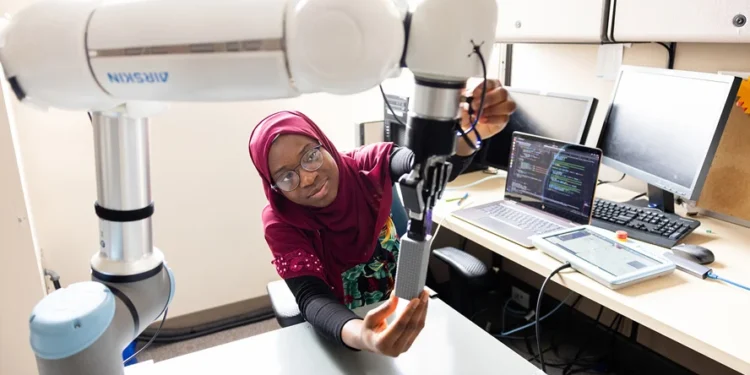Researchers at Toronto’s University Health Network (UHN) have turned everyday objects like pencils, mugs, and credit cards into tools for the next wave of stroke and spinal-injury rehabilitation. A team at the KITE Research Institute converted the Toronto Rehabilitation Institute–Hand Function Test (TRI-HFT) into a robot-guided protocol. In a pilot study, a robotic arm picked and placed all 11 redesigned items with 100 per cent success, and five participants rated the sessions safe, comfortable and engaging.
Why everyday objects matter in rehab
Conventional robot-assisted therapy often relies on abstract tasks that do not translate to daily life. By using familiar household items, the KITE approach lets patients rehearse grips they actually need. For example, the precision grasp for a credit card or the cylindrical hold for a mug, all the while, the robot logs performance data for therapists to review remotely. The method blends clinical rigour with functional relevance and may speed recovery by linking therapy to real-world goals.
Because the system tracks strength, speed and accuracy at each attempt, clinicians can personalise programmes and even deliver future tele-rehab sessions without compromising data quality.
Next steps for UHN’s robotic therapy
Led by senior scientist Dr Milos Popovic, the team is preparing larger trials with stroke patients to validate outcomes and expand the library of robot-compatible objects. Plans include integrating the platform into partner hospitals and licensing the technology to rehabilitation centres worldwide, positioning Canada as a source of practical, human-centred health tech.
If those studies confirm early results, patients across the country could soon practise everyday tasks with robotic support—turning something as simple as lifting a mug into a measurable step toward independence.












